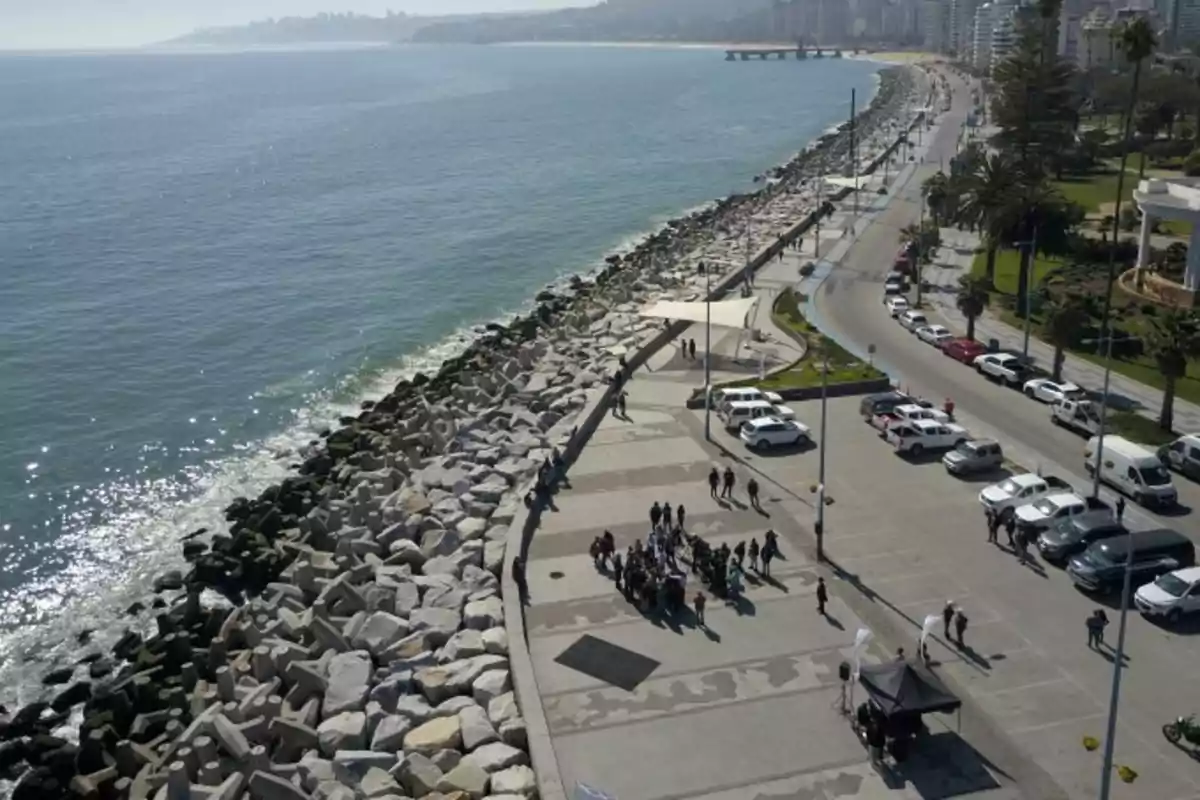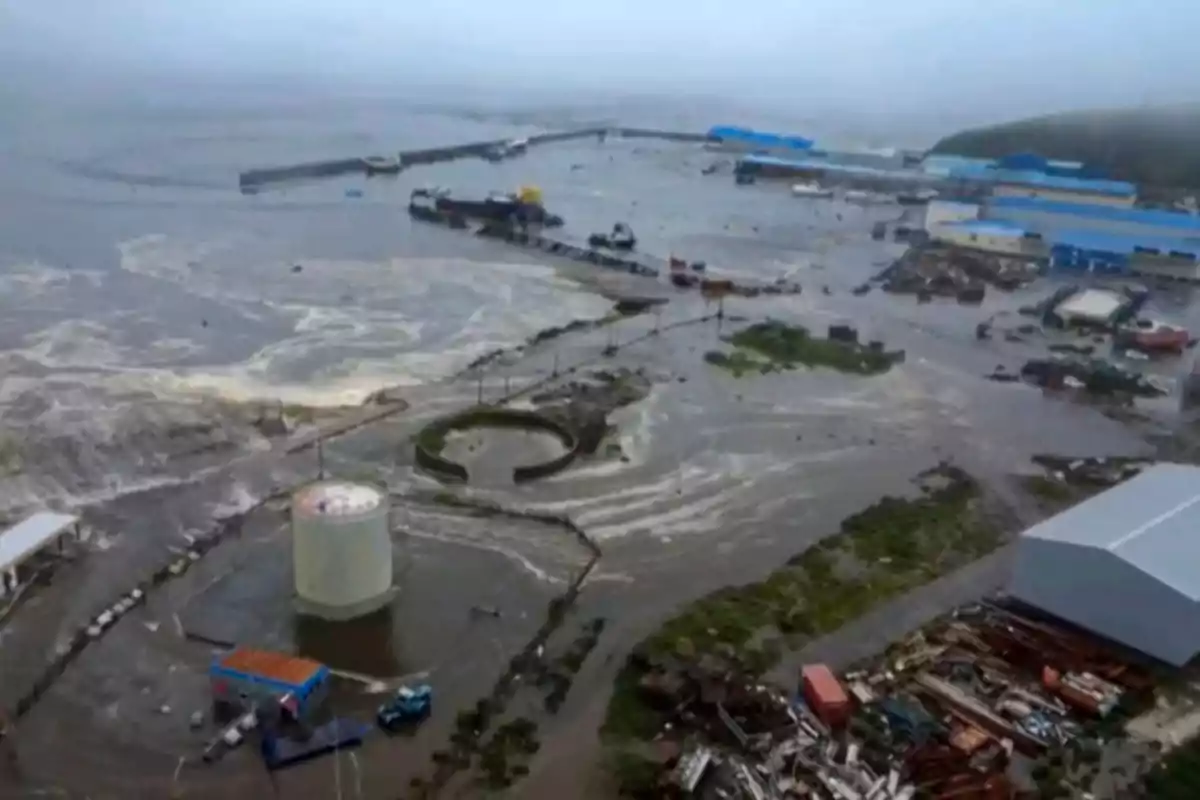
The tsunami caused by the great Russian earthquake was more panic than disaster.
Despite the 8.8 earthquake and the global alarm, the tsunami did not exceed one meter (3 feet 3 inches) in height and did not result in any fatalities
An 8.8-magnitudeearthquakeshook the eastern region of Russia this Wednesday, specifically offshore, east of the Kamchatka Peninsula. The phenomenon triggered an immediate wave of tsunami alerts along the Pacific Ocean, from Japan to Latin America, including mass evacuations and port closures. However, the actual consequences were much less severe than anticipated: the tsunami barely reached heights between 50 centimeters (1 foot 8 inches) and one meter (3 feet 3 inches), with no fatalities, major collapses, or widespread catastrophes reported.
The United States Geological Survey (USGS) located the earthquake's epicenter at 52.40 degrees north latitude and 160.20 degrees east longitude, at a depth of 19 kilometers (11.8 miles). The area closest to the epicenter was Severo Kurilsk, in the Russian region of the Kuril Islands, located 350 kilometers (217 miles) from the quake, where waves reached four meters (13 feet 1 inch) and penetrated up to 400 meters (1,312 feet) inland, even striking a World War II monument. Despite this, no deaths or structural collapses were reported.

The governor of Kamchatka, Vladimir Solodov, described the earthquake as "the most severe and strongest in recent decades" and highlighted the response of the authorities and medical staff, who continued with a surgery during the moment of greatest intensity of the quake. Solodov announced that they will be decorated. Plans were also established for immediate assistance to patients, assessment of partial building damage, and reconstruction of affected infrastructure, such as a kindergarten.
Although the magnitude of the earthquake places it among the strongest in recent history—only surpassed by the devastating 9.0 that struck Japan in 2011—this time the consequences were largely contained thanks to the existence of early warning systems and the rapid response of the various countries. "An 8-magnitude earthquake is 30 times stronger than a 7-magnitude one," explained Kamal Kishore, special representative of the UN Secretary-General for disaster risk reduction, who called for strengthening international cooperation to mitigate tsunami risk.
In Japan, where the memory of the Fukushima nuclear disaster remains fresh, about two million people were evacuated, including workers at the atomic plant. The waves reached 1.3 meters (4 feet 3 inches), and although they did not cause damage, a woman died while attempting to evacuate an area under alert. After a few hours, Japanese authorities downgraded the tsunami alert to a warning, urging the population to remain calm.

In Latin America, countries such as Chile, Mexico, Colombia, Ecuador, and Peru replied with preventive protocols. In Chile, more than 1.5 million people were evacuated, especially along the coastal border, and classes were suspended in certain areas. The waves on Easter Island reached 70 centimeters (2 feet 3 inches), prompting the alert to be downgraded to a precautionary state. The director of Senapred, Alicia Cebrián, reported that on the continent waves did not exceed 60 centimeters (1 foot 11 inches) and highlighted that "the operation is delivering the expected results."
Mexico closed and later reopened its ports after confirming that there would be no major fluctuations in sea level. Ecuador, meanwhile, lifted the alert while warning of possible residual coastal level variations. In all cases, technical agencies agreed that the measures taken were effective.
More posts: